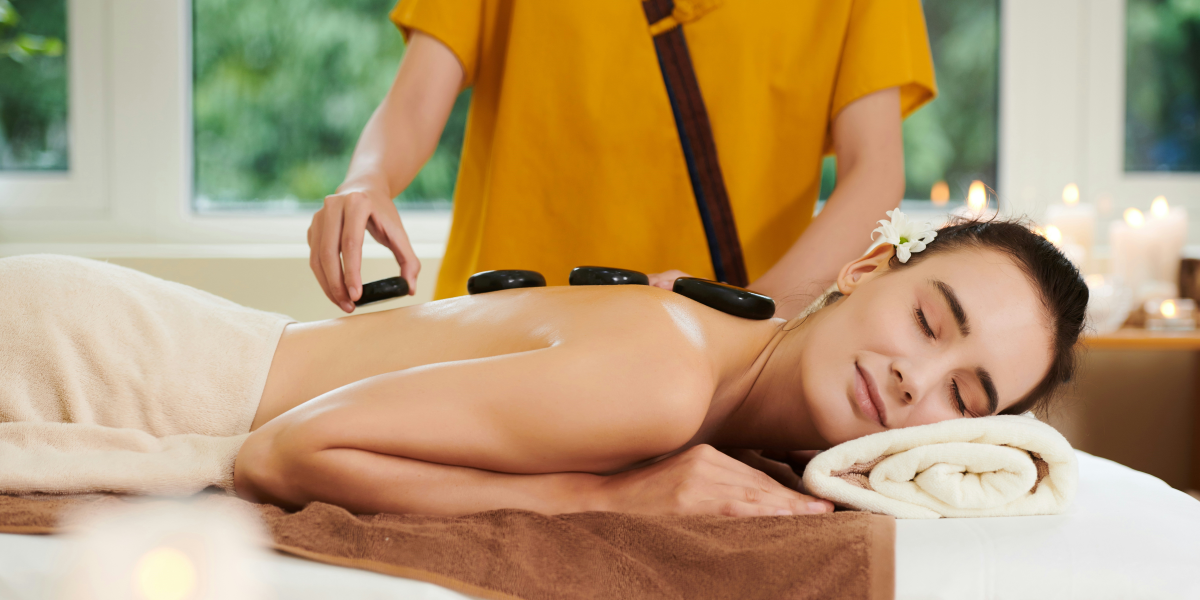Master Pronunciation Through These Fun Speech Exercises
Speaking clearly and confidently is an essential skill in everyday life. Whether in conversations, presentations, or performances, pronunciation plays a key role in how messages are delivered and understood. Practicing tongue twisters is one of the most enjoyable and effective ways to enhance pronunciation. These playful phrases challenge the mouth, train the tongue, and improve clarity in speech. But how exactly do they help, and what makes them so effective?
Read Also: How Reggae Shaped Global Music Culture
Why Are Tongue Twisters Useful for Improving Pronunciation?
Tongue twisters are designed to push the limits of articulation. They contain repeated sounds, tricky word patterns, and fast-paced syllables that challenge even the most skilled speakers. Repeating these phrases forces the tongue and mouth to move in ways that strengthen speech muscles, leading to better pronunciation and fluency.
Speech therapists often recommend tongue twisters to individuals struggling with certain sounds. For example, phrases focusing on “s” and “sh” sounds help those who find it difficult to distinguish between similar consonants. Regular practice refines articulation, making everyday speech clearer and more precise.
How Do Tongue Twisters Help With Speech Clarity?
Tongue twisters force speakers to concentrate on sound placement, rhythm, and enunciation. Unlike casual conversation, where speech flows naturally, these phrases require heightened awareness of each syllable. The brain and tongue work together to form each sound correctly, ensuring clarity in pronunciation.
Many public speakers, actors, and broadcasters incorporate tongue twisters into their warm-up routines. Practicing these phrases trains the mouth to move efficiently, helping speakers enunciate words more clearly. The result is a smoother, more confident speaking style, free from unnecessary hesitation or mumbling.
What Are Some Fun Tongue Twisters to Practice?
Practicing tongue twisters doesn’t have to feel like a chore. Some of the most popular ones are playful, entertaining, and full of humor. A few well-known examples include:
- She sells seashells by the seashore.
- Peter Piper picked a peck of pickled peppers.
- How can a clam cram in a clean cream can?
- I saw Susie sitting in a shoeshine shop.
- Red leather, yellow leather.
These tongue twisters target different sounds and speech patterns, making them excellent tools for pronunciation practice. Repeating them at varying speeds improves speech control and confidence.
How Can You Practice Tongue Twisters Effectively?
To maximize the benefits of tongue twisters, start slow and focus on accuracy. Pronounce each word clearly before increasing speed. Rushing through them too quickly can cause mistakes, which reduces their effectiveness.
Breaking each phrase into smaller sections can also help. Practicing individual sounds separately before putting them together builds confidence and ensures correct pronunciation. Recording yourself while speaking these phrases allows you to identify areas for improvement and track progress over time.
For those looking to take pronunciation training further, practicing in front of a mirror or using tongue twisters in daily conversations can make a noticeable difference. The more they are incorporated into speech exercises, the greater the improvement in articulation and fluency.
Can Tongue Twisters Help With Accents and Speech Therapy?
For individuals learning a new language or working on reducing an accent, tongue twisters can be a powerful tool. Each language has its own set of challenging sounds, and tongue twisters highlight these difficult areas. Practicing them repeatedly improves muscle memory, making pronunciation adjustments easier.
Speech therapists often use tongue twisters to help clients overcome speech difficulties. Words with similar sounds placed close together enhance control over articulation, allowing speakers to recognize and correct their weaknesses. Over time, consistent practice leads to clearer and more natural speech.
Read Also: Exploring the Thrill: The Fascinating World of Laser Tag
How Long Does It Take to See Improvement?
Progress depends on consistency and effort. Practicing tongue twisters for a few minutes each day can lead to noticeable improvements within weeks. Regular repetition strengthens speech muscles, making pronunciation easier and more natural.
The key is to stay patient and enjoy the process. Since tongue twisters are meant to be fun, keeping the practice lighthearted ensures continuous motivation. The more enjoyable the experience, the greater the commitment to improvement.












